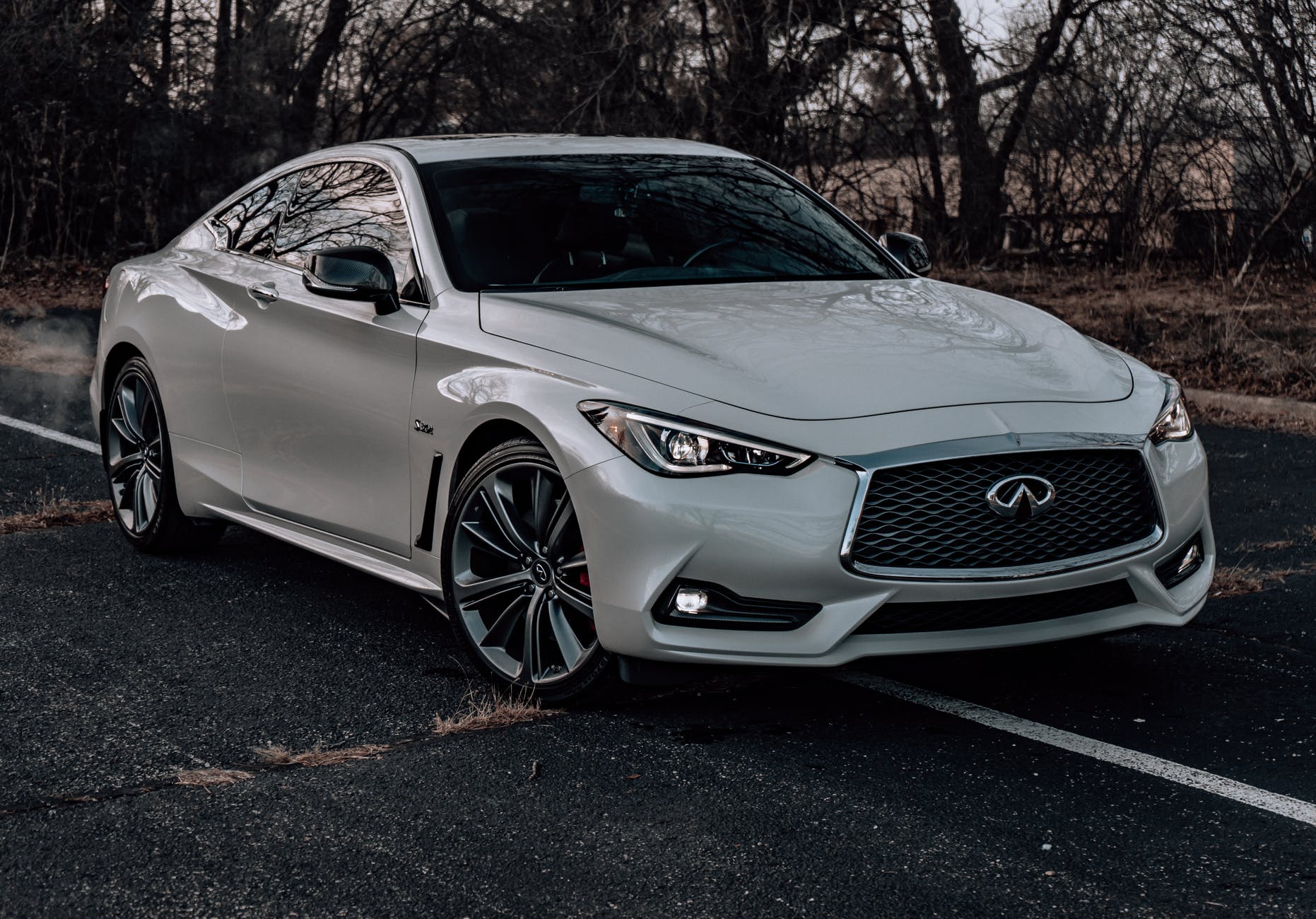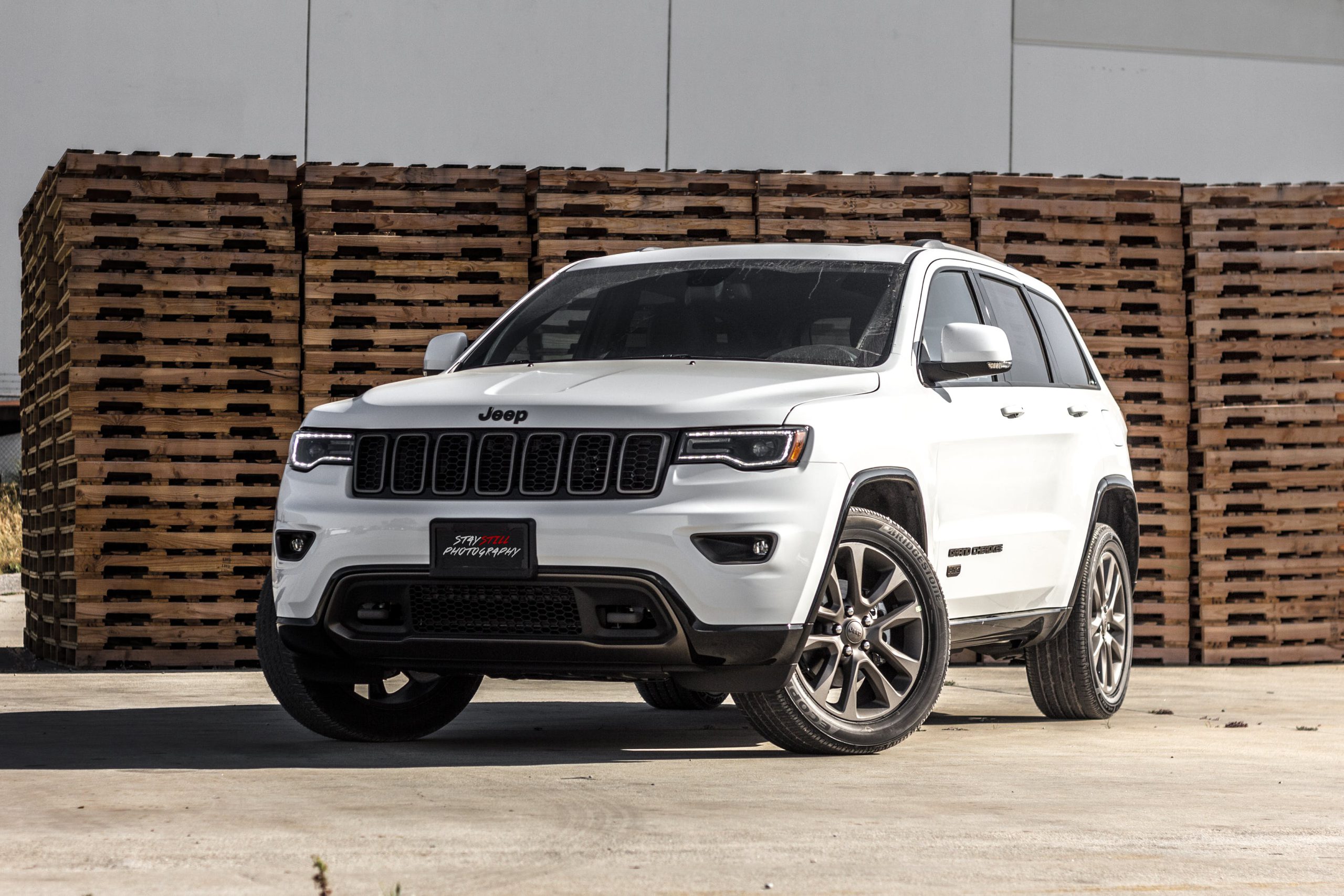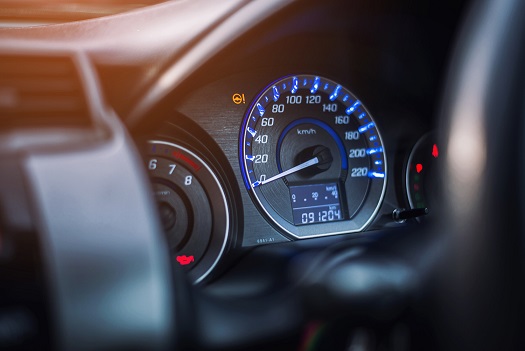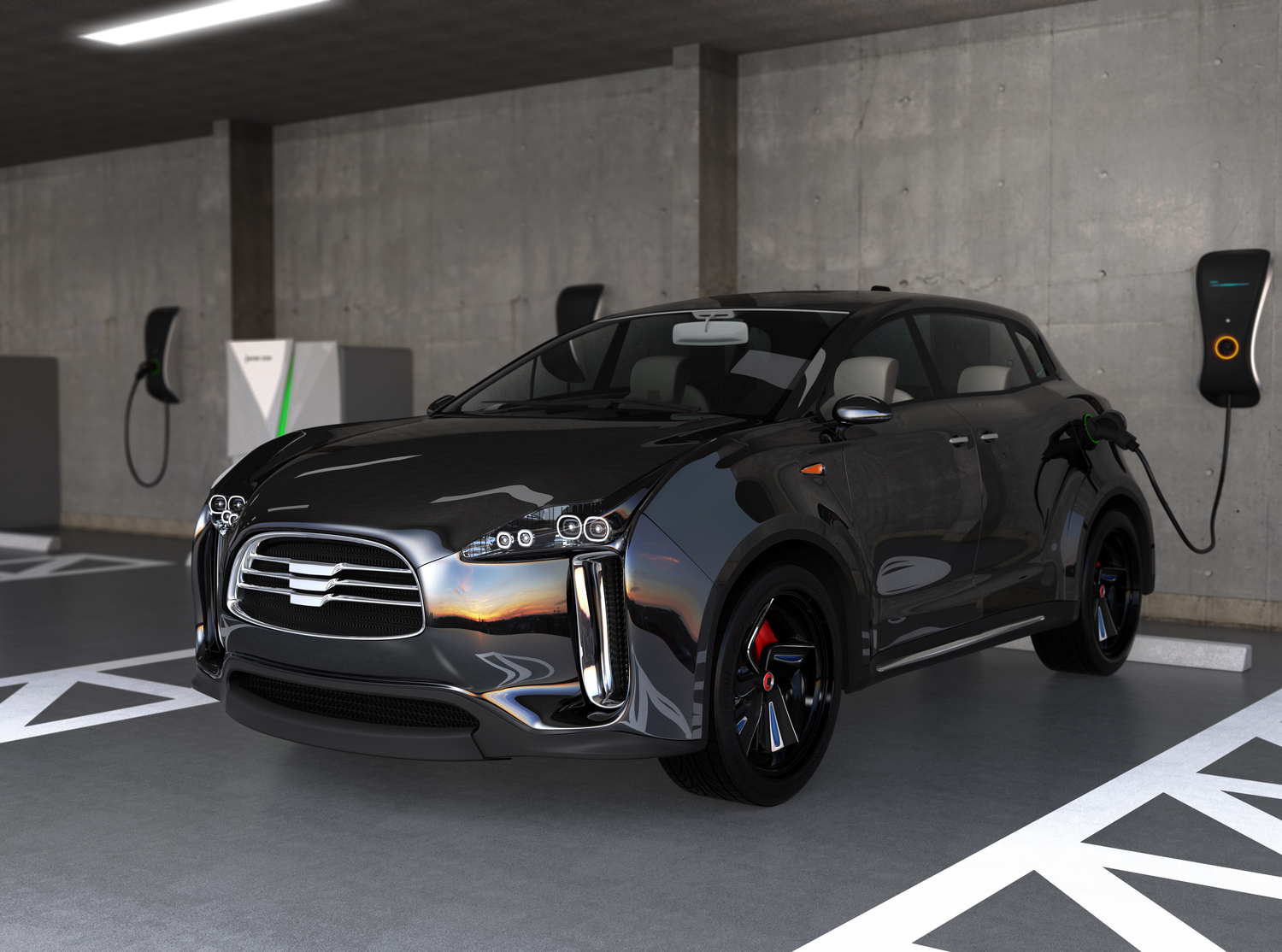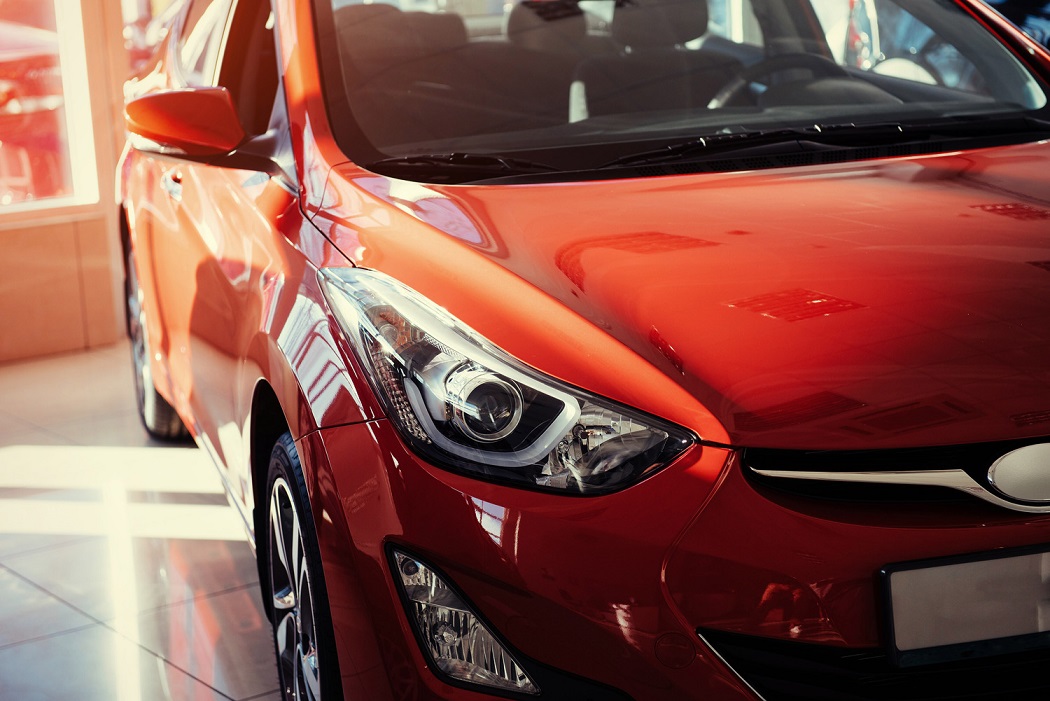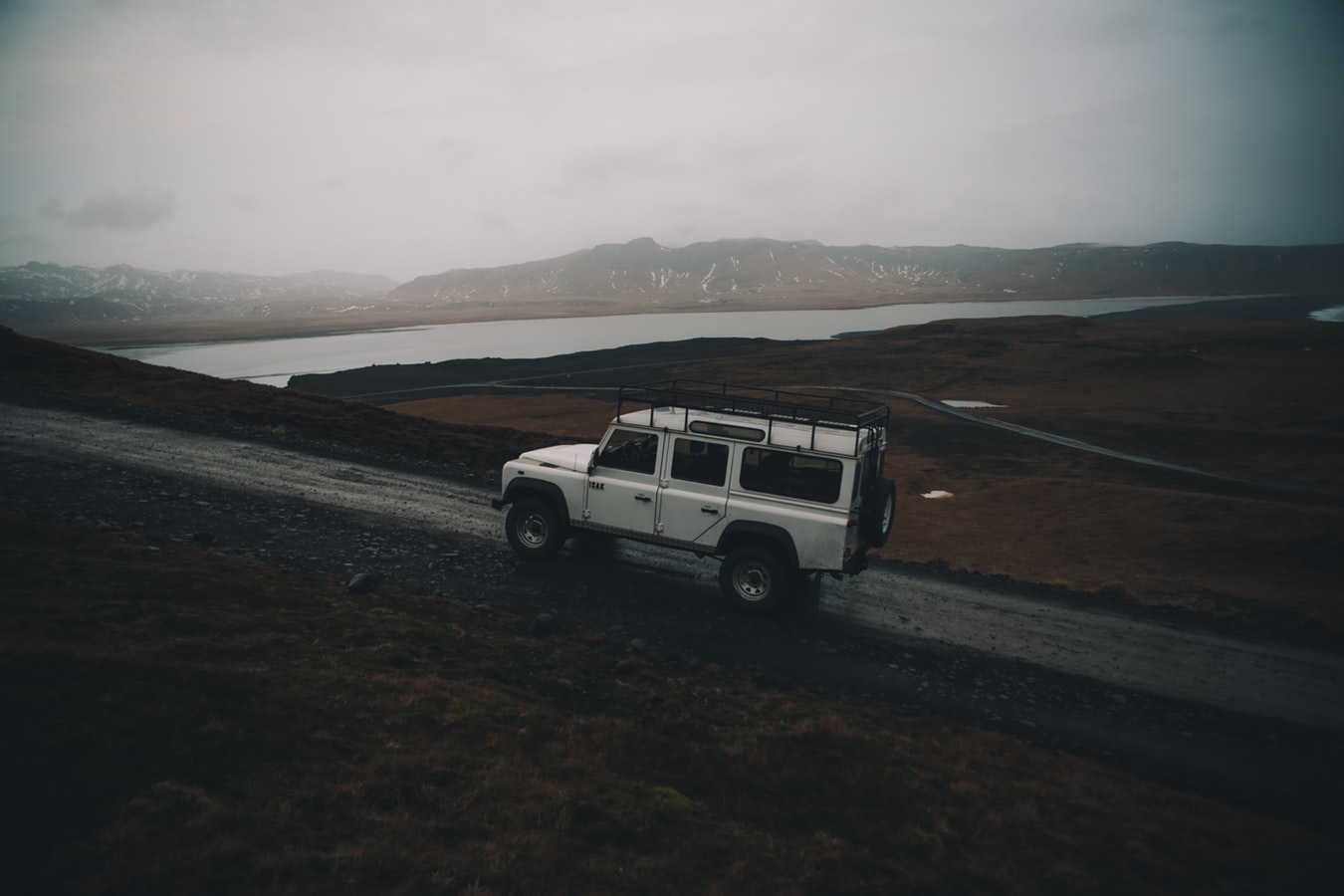
Sometimes, you may look at an SUV and feel like it could fit everything you want to pack into it. The cargo room seems almost boundless, and while a cubic footage dimension is readily available in the vehicular information reference, for most people it is a challenging thing to actually visualize. There are few things more frustrating than packing all the things you need for a trip, only to find that you have less room to work with than you had anticipated. Wouldn’t it be nice to have a better idea of how many roller suitcases, duffel bags, and carry-ons your compact crossover SUV can actually fit?
Sure, you can get creative, throw down rear seats, move up the fronts, slide things into nooks and crannies, but wouldn’t a lot of aggravation be spared if you knew how much you could physically pack in the first place? Here are some results of which crossover SUVs can provide the most space for your long trips, or airport runs. This will hopefully save you some degree of frustration and aggravation.
Mitsubishi Eclipse Cross
This vehicle aims to be the “coupe” of the SUV world. From that standpoint, it has enough cargo space for a small family’s volume of luggage. With the seats up, the cargo space amounts to about 23 cubic feet but expands to 49 cubic feet with the rear seats down. When the easily foldable sheets are down, the capacity of the cargo stands at about 17 carry-on bags.
Jeep Compass
From the cargo volume standpoint, it comes in on the lower end of the spectrum due to its compact SUV build and slightly angled back seats. The cargo space just behind the rear seats sports 27 cubic feet, and with the rear seats down, shoots up to 60. This is enough room for about 17 suitcases.
Jeep Cherokee
This compact SUV has a tighter cabin than most of the vehicle competitors’ comparable models. While this expands the cargo room, it is only about 3 inches. With the rearmost seats up, there are about 26 cubic feet of space. Conversely, with the rear seats down, space grows to about 55 cubic feet, fitting about 18 suitcases.
Volkswagen Tiguan
Considering more seats in this vehicle, it does not help to grow the cargo room by much in the Tiguan. With all three rows upright, there is a mere 12 cubic feet of room in the back of this vehicle. With the two back rows down, the room grows to 66 cubic feet, enough for about 19 suitcases.
Mazda CX-5
After being redesigned, the CX-5 gained in looks what it lost in cargo capacity. With just 31 cubic feet with the rows up and 60 cubic feet with rear seats down, the CX-5 has the capacity to store 19 suitcases.
Ford Escape
The Escape has a good cargo hold volume with all seats upright of 34 cubic feet, which can fit about 8 suitcases. With the rear seats down, the 65 cubic feet will allow 21 suitcases to fit, and allow for continued comfortable seating upfront.
Kia Sportage
While somewhat lackluster in cabin room, the 31 cubic feet of cargo storage provided with the seats upright allows for a sizable fit of about 7 suitcases, with the room expanding to 60 cubic feet, allowing 22 bags to be fitted with the rear row down. While not at the top of its game, this is a respectable amount of room to work with.
Hyundai Tucson
The cargo hold in the Tucson is a bit tight with the seats raised for a vehicle its size, coming in at 21 cubic feet. Expanding to 62 cubic feet with the rear rows down, space can fit 22 carry-on sized suitcases.
Toyota RAV4
The newer, redesigned version of the RAV4 actually holds significantly less than its earlier incarnations in its cargo hold. With just 38 cubic seats with the seats upright, it does still pack a respectable 22 suitcases (down from previously fittable 26), in its 70 cubic feet of cargo room with the rows down.
Nissan Rogue
The Nissan Rogue, comparable with the Tucson and the RAV4, sports 39 cubic feet with the seats upright. With the rear seats down, the 70 cubic feet allows for about 22 bags to fit into the space.
Chevrolet Equinox
With 30 cubic feet of cargo room in the hatch with the seats upright, the advantage of the Equinox is that it allows an easy handle toggle to lay the rear seats fully flat allowing for 64 cubic feet. Given its clean layout, this will actually fit 23 bags.
Subaru Forester
While it may resemble a very spacious vehicle, the Forester’s boxy interior gives it a wider area allowance than some other vehicles to fit more into it. With the seats up, the cargo has 33-35 cubic feet available, but with the seats down there are 71-76 cubic feet, which allows for 23 suitcases.
GMC Terrain
One of the nicest features of the Terrain is the fact that the front passenger seat can also be folded down, so the dimensions break down to 30 cubic feet with all seats up, and 63 cubic feet with the rear seats down. This will allow 24 bags, but additional space can be procured from putting down the front seat.
Honda CR-V
Almost surprisingly, while it is not as big as some of the previously mentioned vehicles, the CR-V rises above the rest in the cubic footage with the seats down. With them upright, we get about 29 cubic feet, but with the seats down, the area jumps up to 76 cubic feet, allowing for approximately 25 suitcases.
Mitsubishi Outlander
In a surprising list topper of space capacity for cargo, the Outlander comes in first. While offering a measly 10 cubic feet with the seats up, it opens up to 63 cubic feet with seats down, which is less than some smaller SUVs, but from a quantity perspective, it can actually fit a stunning 27 suitcases.

